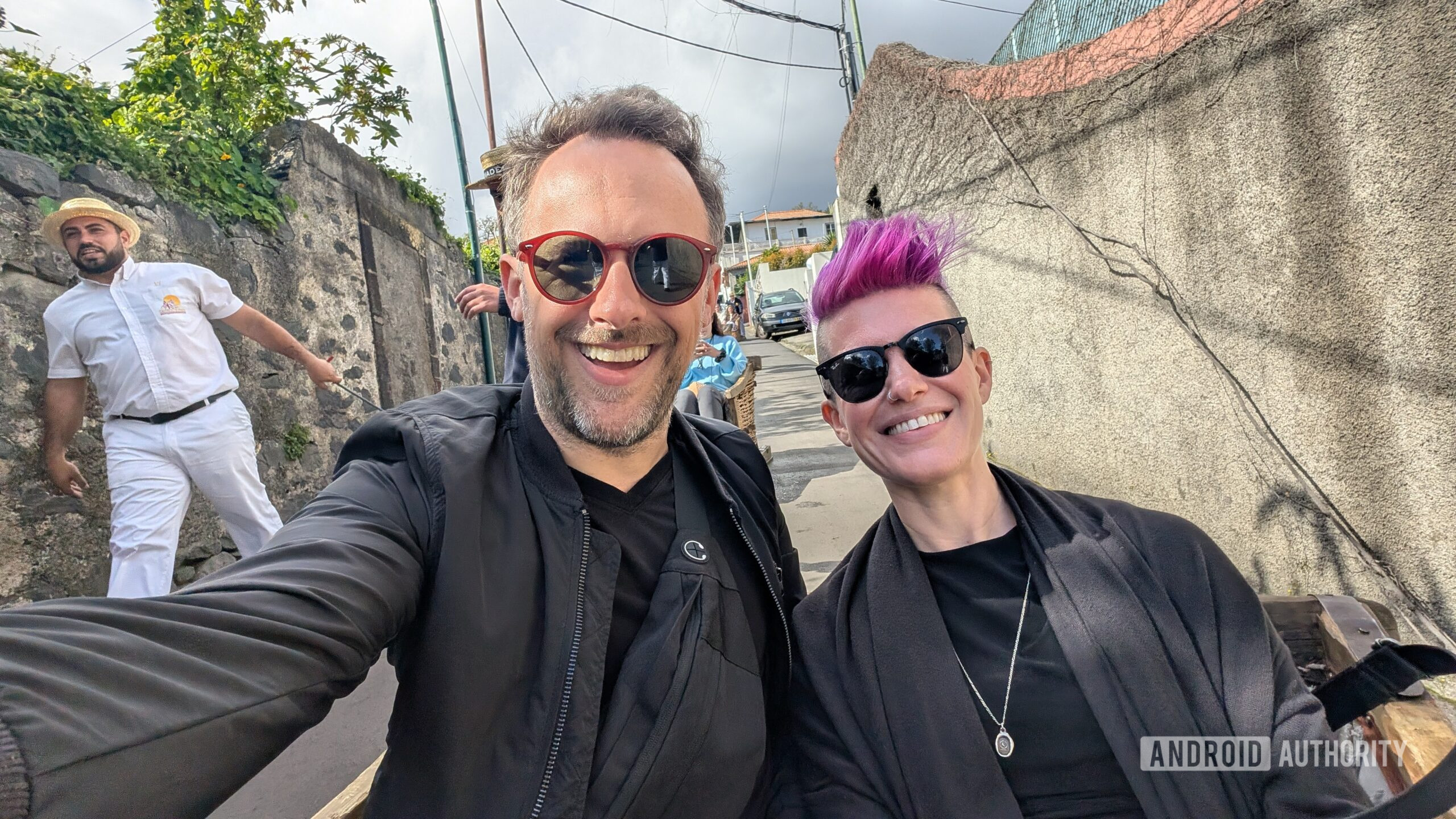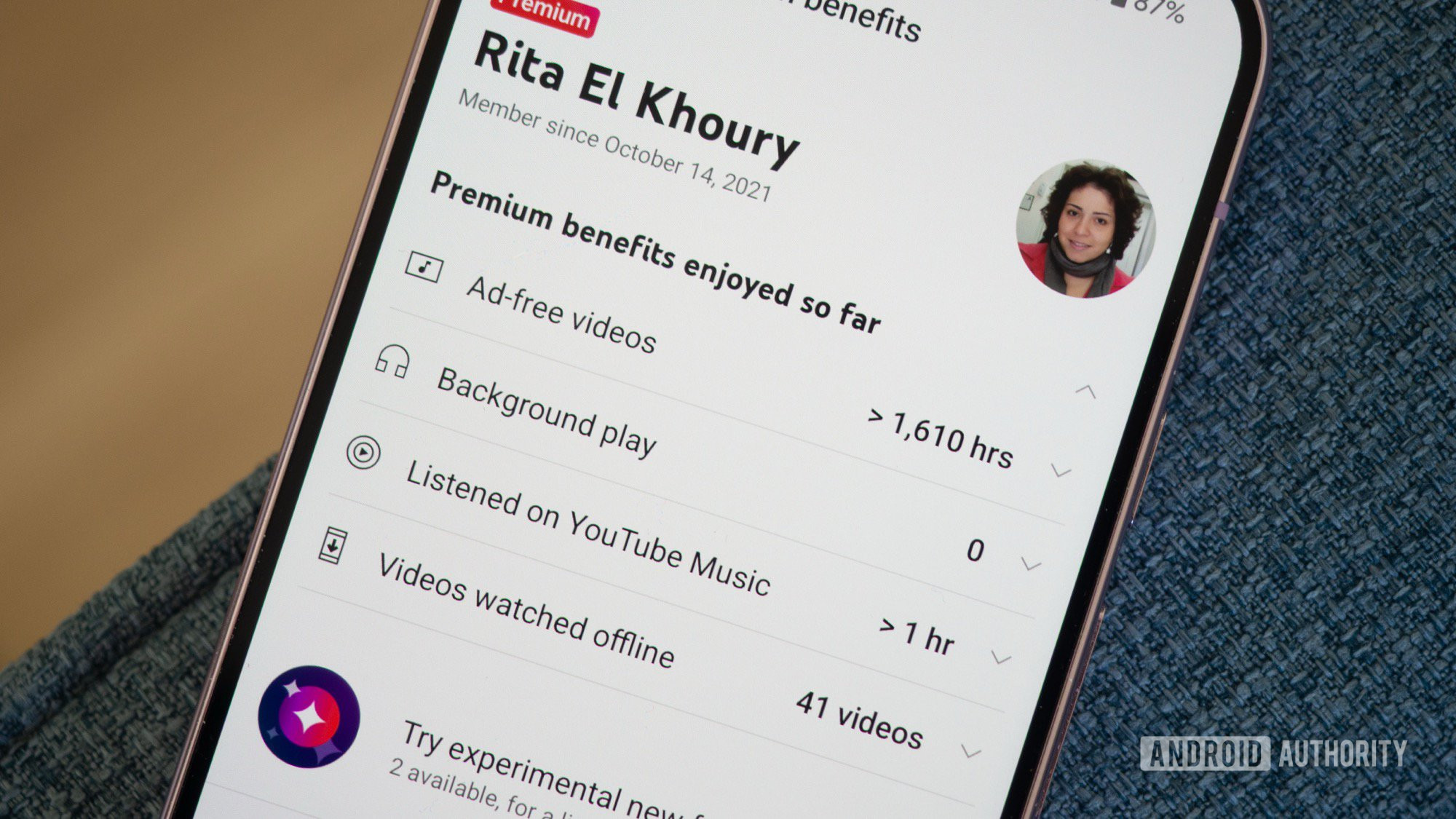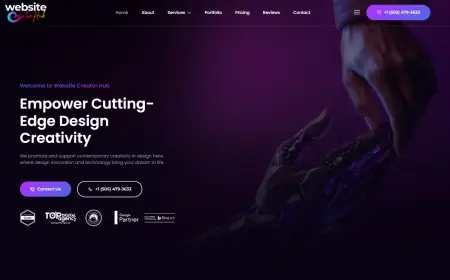Education Advertising Campaign | E-learning PPC Company
E-learning PPC Company
In today's digital age, higher education institutions are leveraging online advertising platforms like 7Search PPC to attract prospective students. But how do you measure the success of your higher education advertising campaigns This blog will guide you through key metrics and strategies to ensure your efforts yield positive results.
Student recruitment success depends on developing an advertising strategy for higher education that adheres to a tried-and-true procedure and makes use of contemporary marketing best practices. You still have work to do after developing and implementing your college recruitment strategy, though! Throughout the campaign and after your e-learning advertising efforts are over, you need to monitor and evaluate your performance. This enables you to modify your strategies for optimal effectiveness and provide guidance for subsequent campaigns. Let's talk about how to evaluate the effectiveness of your college advertising strategy with precision.
Advertise Now!
Start with properly designed goals.
Unbelievably, the first step in campaign planning is when you should start developing the ability to gauge the performance of your higher education advertising campaign. Not only are specified objectives necessary for efficient advertising, but they are also vital for campaign analysis.
Set quantifiable targets for your advertising campaigns to track their effectiveness. An overarching objective such as enhancing brand recognition is an excellent place to start, but how will you determine whether your advertising expenditures have paid off? When defining your goal, be precise and use quantifiable outcomes as your desired outcome. For instance, From this effort, we want to receive 25 completed applications.
You should also set time limits for your goals. Your analysis will probably be highly erroneous if you launch a digital advertising campaign intending to obtain 100 website visitors per month but you keep linking site visits to that campaign long after it has ended.
Setting goals that are pertinent to your overall aims and the state of the market is also crucial. Let's say you run a Facebook advertisement campaign intending to get 500 views per month. In reality, though, you want more people to apply to your engineering program. On paper, your higher education advertising campaign might have been effective (you achieved or surpassed your target monthly view count), but it fell short of your actual goal (application numbers could have stayed.
Maybe you started a billboard campaign on campus to encourage more students to stroll into the student clinic. Regretfully, this campaign started in the spring of 2020, right before COVID-19 took children home. It's possible that your advertising strategies were great and would have been very successful in any other market. The irrelevance of your goal to the current condition must be taken into account when analyzing the success of your advertising effort.
Keep your budget in mind.
Your marketing budget can be used to gauge the effectiveness of an advertising campaign in higher education ads in several ways. Although cutting back on expenses whenever feasible is undoubtedly something you should aim for, it's crucial to allocate the appropriate sum of money to the strategies that have the most chance of succeeding.
Any advertising channel can appear unsuccessful if you attempt to save costs in the incorrect methods. It's possible that you underinvested for the strategy to work. Conversely, misallocating a significant portion of available cash to the incorrect strategies could lead to the campaign's failure altogether.
Here's where it can be beneficial to collaborate with seasoned advertising specialists in higher education. While hiring a seasoned company to handle campaign concepts, development, and administration may seem like a more expensive option, the benefits will almost definitely outweigh the cost.
If you decide to go it alone, be aware that the best way to boost applications and enrollments is, in our opinion, to implement a full-funnel digital and campus marketing strategy that is centered on paid advertising.
All forms of traditional and paid web advertising work together to power successful student recruiting programs. You should set aside money in your budget specifically for traditional advertising, in-person events, digital marketing campaigns, etc. to guarantee sufficient funding and control expenses. Apart from evaluating the campaign as a whole, you should also monitor the outcomes of each arm of the campaign independently.
Put measurement tools in place.
There are some methods you can use to maximize efficacy and measure campaign success even before it launches.
To create, track, and improve media campaigns, our team has access to over 40 special research tools, guaranteeing that every campaign for one of our clients is firmly based on intelligence. Our platform-specific strategic campaign deployments are informed by proprietary data and research. A true competitive edge is given to marketers by mining for audiences—that is, who they are, where they are, the digital and conventional media channels they prefer, and the behaviors they display. You will connect with the right audience, on the right platforms, at the right time, with the correct messages, if you base your campaign creation on real facts.
Once your campaign has launched, metrics you might want to track include:
-
Impressions Delivered
-
Total Clicks
-
Click-Through Rate (CTR)
-
Landing Page or Link Clicks
-
Cost Per Click (CPC)
-
Conversions
-
Zip Codes & Locations Targeted
-
Demographic Breakdown
-
Artwork
-
Flight Dates
-
Spend
-
Video Views
You may set up advertising campaigns on some social media sites so that you can track engagement with posts, clicks on landing pages, and other pertinent information. You may monitor online conversions and correctly assign them to the appropriate campaign by using pixels. Additionally, you have the option to retarget viewers who interact with your higher education advertisements but stop short of completing the required action. In fact, by implementing pixels, you can use real-time analytics to optimize every facet of your social network advertising campaign.
Mobile tracking pixels can also be added to your website for mobile geofencing campaigns, which enables accurate campaign attribution modeling through your marketing campaign. Our unique geo-fencing blueprint technology enables 96.2% data accuracy and location targeting, with conversions and impressions serving as crucial campaign success metrics Promote the E-Learning Program.
Are you interested in learning more about how to create a successful higher education advertising campaign?
Creating a successful higher education advertising campaign involves a strategic blend of research, planning, creativity, and continuous optimization. Here’s a step-by-step guide to help you craft an effective campaign:
Define Your Goals
Begin by establishing clear, measurable objectives. Are you aiming to increase enrollment, promote a specific program, or enhance brand awareness? Your goals will shape your entire campaign strategy.
Understand Your Target Audience
Identify who you are targeting. Consider demographics, psychographics, and behavior patterns. Are you reaching out to high school students, working professionals, or international students? Understanding your audience helps tailor your message and select the right channels.
Develop a Compelling Value Proposition
What makes your institution or program unique? Highlight key selling points such as accreditation, faculty expertise, facilities, flexible learning options, career services, and alumni success stories Online course ads.
Craft Engaging Content
Create content that resonates with your audience. Use a mix of formats such as blog posts, videos, infographics, testimonials, and virtual tours. Ensure your content is informative, engaging, and aligns with your value proposition.
Leverage Digital Advertising Channels
Choose the right platforms to reach your audience effectively:
-
Search Engine Advertising: Use Google Ads to target keywords related to higher education and specific programs.
-
Social Media Advertising: Platforms like Facebook, Instagram, LinkedIn, and Twitter allow you to target specific demographics and interests.
-
Display Advertising: Use banner ads on relevant websites and networks.
-
Video Advertising: Promote your institution through engaging video content on YouTube and other video platforms.
Optimize for Mobile
Ensure your website and ads are mobile-friendly. Many prospective students will interact with your content on their smartphones or tablets.
Implement Retargeting Strategies
Use retargeting to re-engage users who have previously visited your website. This keeps your institution top-of-mind and encourages them to return and take action.
Use Data Analytics
Monitor the performance of your campaigns through analytics tools. Track key metrics such as click-through rates (CTR), conversion rates, cost per acquisition (CPA), and return on investment (ROI). Use this data to refine your strategy continuously Ads for Education.
Optimize Your Landing Pages
Ensure your landing pages are optimized for conversions. They should be visually appealing, have clear calls-to-action (CTAs), and provide all necessary information to encourage prospective students to take the next step.
Engage with Prospective Students
Respond promptly to inquiries and engage with prospective students through email marketing, chatbots, and social media interactions. Personalize your communication to build a connection.
Conclusion
Measuring the success of your higher Education Advertising involves tracking various metrics and continuously optimizing your strategies. By leveraging tools like Google Analytics, 7Search PPC, and CRM systems, you can gain valuable insights and improve your campaign's effectiveness. Regular monitoring, A/B testing, and audience segmentation are key to achieving your advertising goals and attracting more students to your institution.
Frequently Asked Questions (FAQ)
What is the best way to track conversions?
Ans: Using tools like Google Analytics and 7Search PPC's reporting features can help track conversions effectively. Setting up conversion goals and tracking pixels is essential.
How often should I review my campaign performance?
Ans: It's advisable to review your campaign performance at least once a week. Regular monitoring allows for timely adjustments and improvements.
What should I do if my bounce rate is high?
Ans: If your bounce rate is high, consider revisiting your landing page design and content. Ensure it aligns with the ad's message and provides value to the visitors.
How can I improve my Quality Score?
Ans: Improving your Quality Score involves enhancing the relevance of your ads, keywords, and landing pages. Focus on providing a seamless and valuable user experience.
Are there any benchmarks for CTR and conversion rates?
Ans: Benchmarks can vary depending on the industry and campaign type. However, a CTR of 2-5% and a conversion rate of 2-10% are generally considered good in the education sector.
What's Your Reaction?
 Like
0
Like
0
 Dislike
0
Dislike
0
 Love
0
Love
0
 Funny
0
Funny
0
 Angry
0
Angry
0
 Sad
0
Sad
0
 Wow
0
Wow
0





















































